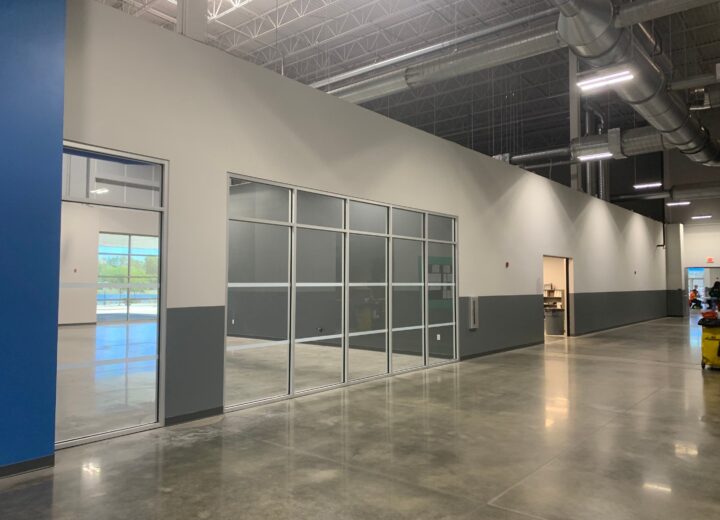 Painting over brick can dramatically change the look of a building or home. However, the task can be time consuming and brick coatings are somewhat permanent. This means that once painted, brick can be very difficult to restore to its original appearance. To avoid disappointment and complicated “undo” operations, it’s critical to understand the consequences of painting brick surfaces before choosing a paint color and whipping out your paintbrush. Now, let’s take a look at the positives and negatives of painting a brick wall.
Painting over brick can dramatically change the look of a building or home. However, the task can be time consuming and brick coatings are somewhat permanent. This means that once painted, brick can be very difficult to restore to its original appearance. To avoid disappointment and complicated “undo” operations, it’s critical to understand the consequences of painting brick surfaces before choosing a paint color and whipping out your paintbrush. Now, let’s take a look at the positives and negatives of painting a brick wall.
The Pros
- A better home appearance: Once a brick wall becomes aesthetically unpleasant, painting it is a good option. When planned carefully and executed flawlessly, a painted brick exterior can improve the look and feel of a property. Besides improving your home’s curb appeal and condition, painted brick surfaces can help increase its market value.
- Protection: Just like any other surface exposed to the elements, brick walls will eventually fade and wear down. But when the prep work and painting is done professionally, brick walls are provided with a durable coating, which offers protection against moisture intrusion and mold growth, and keeps the walls in good condition for a long time.
- Ease of maintenance: A painted surface is easier to clean and maintain than an unpainted one. This is also valid for brick walls. Properly painted and sealed brick walls are easier to clean than raw brick, which is very porous and holds in dirt and debris.
The Cons
- Extensive prep work: Painting a brick wall is a challenging endeavor, requiring a tremendous amount of prep work to remove dirt and get a perfect painting surface. You also need to look for the right products for cleaning and coating brick walls, and use them according to the manufacturers’ instructions.
- Moisture buildup: Since there are different types of bricks, opting for the most compatible product is very important to achieve superior, long-lasting results. Regardless of what product you choose, make sure that it can withstand the harsh elements of Florida’s climate. Though some coating systems may seem appropriate for humid climates, they take away the natural ability of bricks to expel moisture. As hairline cracks form in walls, moisture will enter the masonry with no way to escape, which will make bricks more prone to damp problems. To prevent water damage, choose a quality product which allows moisture out but not in.
- Maintenance: Similar to any other painted surfaces, painted brick walls need regular cleaning and proper maintenance to remain in good condition. Since paint eventually fades, chips, and peels away, you should apply a fresh coat as soon as you see the first warning signs. In areas characterized by high temperature and humidity levels, such as Jacksonville, Florida, you may see the effects of paint being broken down even after two or three years. An important point is that homeowners should conduct routine inspections and perform regular maintenance regardless of whether they have painted or unpainted brick walls.
- Permanence: Before you decide to paint a brick wall, don’t forget that returning it to the original brick can require a significant effort.
As you can see, painting over brick has far reaching implications but can change the look of a building or home in a beautiful way. If you decide to go this route, we suggest that you contact our professionals at Performance Painting in Jacksonville, Florida, for an expert opinion on the matter.






